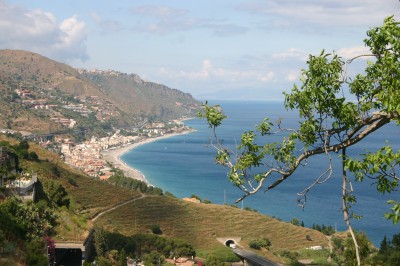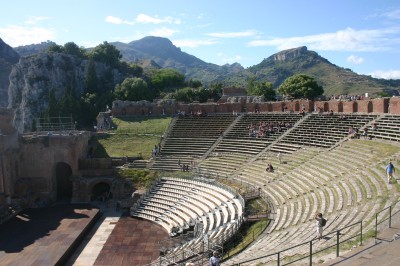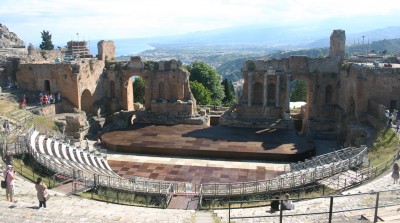We stay at the B&B Villa Maria Giovanna on the
outskirts of the small town Giardini Naxos, which is a short drive from the
pretty but touristy town of Taormina. Our B&B offers a sumptuous breakfast,
the elements of which our very friendly host describes to us in details. I fall
head over heels in love with the homemade lemon cookies.
In fact, I am pretty hooked on several of the lemony
delights of Sicily. They include the aperitif Limoncello (I simply must make
some myself at home), lemon marmalade (I’ve already made some with lemons I
brought home – huge success) and lemon ice cream (I’ve made some of that here
at home, too) and of course the lemons themselves – they are wonderfully
fragrant, cheerfully yellow, yummily sweet and rustically bumpy.
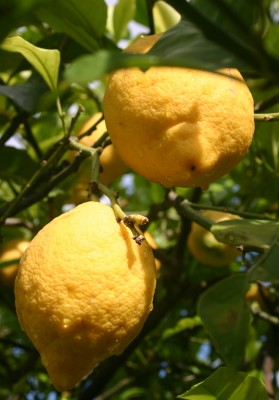
We sit down to breakfast outdoors with the snowy top
of volcanic Mount Etna as a backdrop. What a view to dine by! The sky is clear
and we can see the shape of the cone and the smoke that it emits. We look
forward to our excursion to the top of the volcano after breakfast.
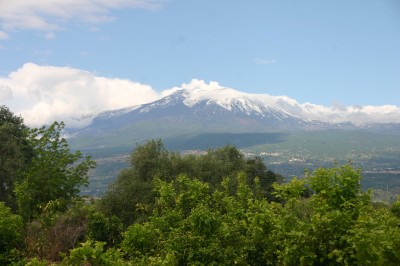
As it happens, we are bitterly disappointed. The
further we drive up in the mountain, the foggier it gets. It is my turn to
drive, and I am not particularly keen on driving on the winding road without
being too clear about what lies just a few metres ahead. Almost at the top of
the mountain, we park the car and take the cable car to go further up. It
squeaks and creaks as we rise in the eerie mist that prevents us from seeing
pretty much everything there is to see.
At the end of the ride, a special vehicle that can
drive in the rough terrain waits to take us up to the craters. At the end of
the ride, we get out and walk. It is pretty chilly up here and hard to see
anything, but we do see the five most recent craters and we bend down to feel the
warmth of the rock. How strange that snow lies on top of such a warm mountain!


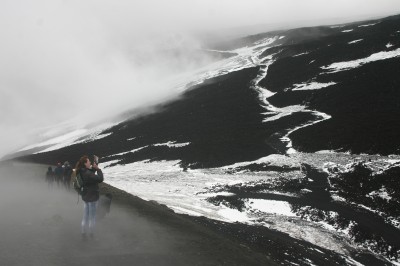
The next day we walk around Taormina – yet another
town that offers glorious views of the sea, ancient ruins and buildings and
lots of history. The Greek theatre from the third century BC. It was rebuilt by
the Romans in the first century AD, and this is mostly what stands today.

